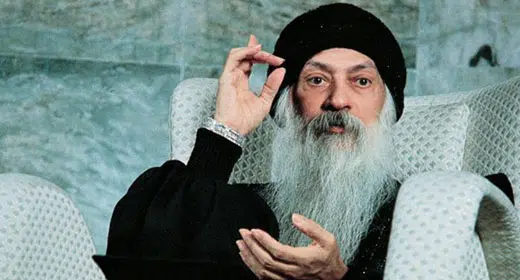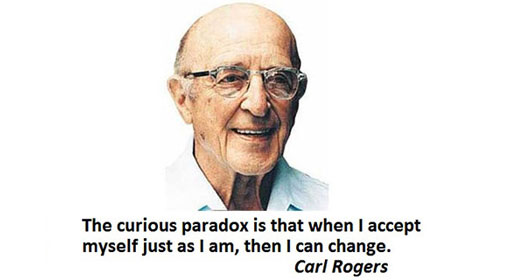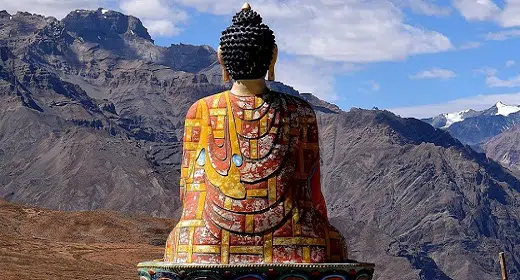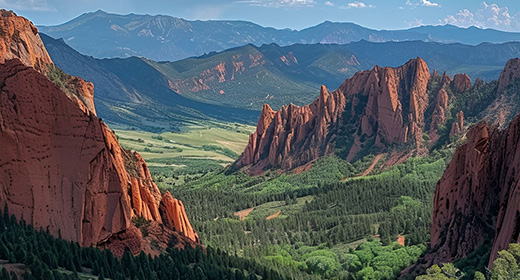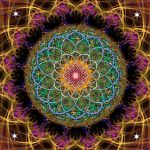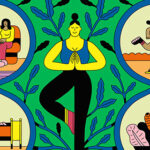by Christina Feldman and Jaya Rudgard: Teachers Christina Feldman and Jaya Rudgard explain why we follow the path, the “creative tension” involved, and how to start cultivating the seven qualities that lead to awakening…
Christina Feldman: Waking up is a noble aspiration, but the path is not easy. There are moments of true joy, celebration, and appreciation, and there are moments of doubt and despair. But we welcome the challenge of emerging from a habit-driven, compulsive life into a way of being and inhabiting this life where we flourish, are creative and engaged, and where we feel free. So what allies in this journey support and nourish us, and incline the heart toward awakening?
This is where we turn to the Pali word bojjhanga. It is a word that describes the seven limbs, factors, or supports of awakening. The “bo” in bojjhanga derives from “bodhi,” wakefulness or liberation, and “anga” from the Pali translation of “limbs.” These limbs or factors describe qualities or capacities we already have. They are present in our consciousness; they are seeds of potential reality that we are invited to nurture, identify, appreciate, and strengthen. In the early texts, these qualities are referred to as an inner wealth or as the seven treasures that protect us against pain and adversity, instead inclining the heart toward awakening.
The Buddha said that when these seven qualities are cultivated and brought to fruition, they free the mind and heart from all forms of bondage and suffering, and they incline the mind toward liberation or nirvana. If we ask ourselves what the mind of a Buddha looks like, my understanding is that the mind of a Buddha is infused with these seven qualities.
AN ACTIVE PRACTICE
Jaya Rudgard: One of the images the Buddha used [to describe the awakening factors] is of the waters in the high Himalayas that gather in pools and then flow into streams and into rivers and gradually down toward the ocean. In the same way, as we engage these qualities, the mind naturally starts to dissolve the afflictive patterns behind it and incline us toward freedom and understanding. Indeed, the awakening factors are sometimes referred to as the anti-hindrances. There’s a way in which practicing these qualities actually provides antidotes to and a pathway out of the more afflictive qualities of mind.
When I first was introduced to dharma practice, I had this impression that I had to work to overcome the hindrances before I could settle into anything that was more enjoyable. Actually, we can practice from the beginning by engaging these brightening qualities of the mind. They feel good to cultivate and really speak to the way the Buddha described his path as one that is beautiful in the beginning, middle, and end. It yields fruit immediately. We don’t have to wait for some final epiphany, but can actually start to taste the flavor of awakening as we walk along.
I very much like Christina’s emphasis on the root meaning of bojjhanga as being limbs for awakening. Limbs are things that you use to walk. This is a practice that we can engage with and do. In some ways, this list of factors is actually a list of practice instructions or tools that we can actually take out of our toolbox and bring into use in our everyday life.
THE GIFT OF MINDFULNESS
Christina Feldman: In every moment of our lives, in every moment of experience, we’re always practicing something. Sometimes we are practicing our habits, and sometimes we are practicing in a more intentional way the cultivation of a quality that frees us from habit. As the Buddha put it, whatever we frequently think about and dwell upon, to this does our mind incline.
One of the greatest gifts of mindfulness is to understand that we have choices about the quality of attention we develop and where we place that attention. We have a choice about what we feed and what we fast. Do we feed the qualities that really enliven us, that bring us to embodiment, and free us, or are we unconsciously choosing to foster and repeat the patterns that create confusion? The hindrances or “veiling patterns” pull us in the direction of ever greater confusion and forgetfulness; of feeling lost, overwhelmed, and dissociated; of being submerged in ill will, craving, doubt, or worry; or simply checking out. The bojjhanga, on the other hand, pull us in the direction of that which we most deeply value and aspire to. They pull us in the direction of freedom.
CREATIVE TENSION
Here we see that in the process of waking up, there is a certain tension between these two different pulls. It is easy at times to see this as being a very negative tension, and people can become very judgmental of themselves because, “Oh, there I am again, once more lost in craving or lost in aversion or lost in doubt.” But I don’t see this as a negative tension. I see this as being a creative tension. Where would I cultivate joyfulness other than in the midst of the craving for sensual pleasure? Where would I cultivate courage and energy except in the midst of those moments of numbness or dissociation? Where would I cultivate connectedness except in those moments of agitation and scatteredness and fragmentation?
So what are the factors that really support the treasures in our hearts that lead to awakening?
The first of these, perhaps unsurprisingly, is mindfulness, learning to be here, learning to inhabit this body, mind, and moment fully.
The second is living in the light of our understanding of change—of insubstantiality or conditionality—our understanding of what leads to distress, and what leads to the end of distress.
The third set of factors that really support awakening is contentment or ease in our lives and using our “sense stars,” the five traditional sense doors and the sense door of the mind, in the service of sensitivity, respect, and care. It’s being mindful of the kind of footprint we are leaving upon the world in every moment and the kind of footprint we leave in our own hearts.
The next of these qualities that support awakening is developing skillful or wise attentiveness, and not grasping at the sensory impressions or our associations with them.
The last of the factors that really support the flourishing of the bojjhanga is trust and confidence in the capacity we have to be awake—to know the fruition of these qualities for ourselves, and trust in our capacity to walk this path with courage, fearlessness, and trust.


